
Indialog Publications Pvt. Ltd.

56 books

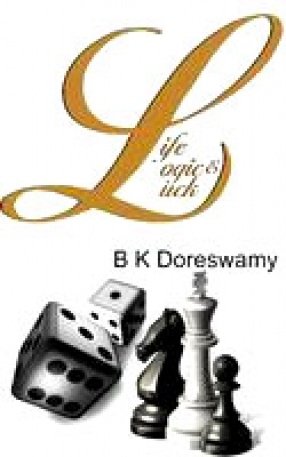

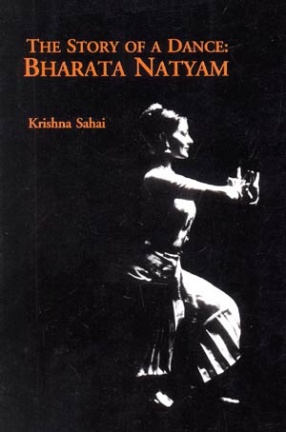
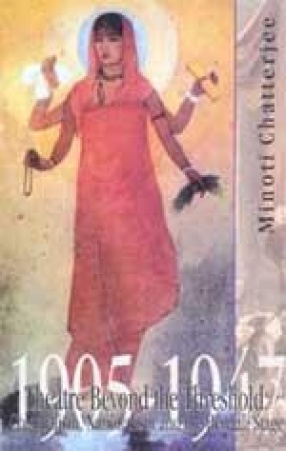
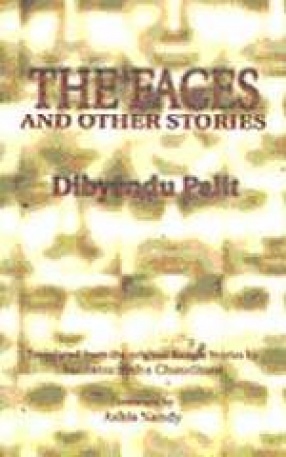

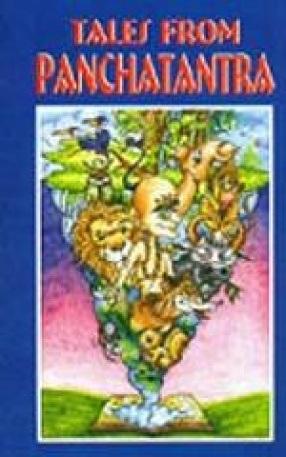
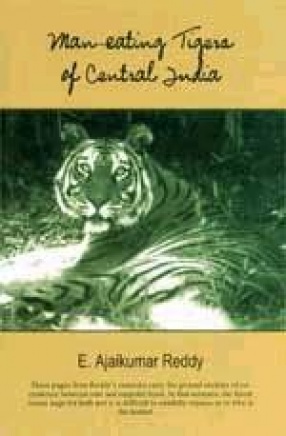
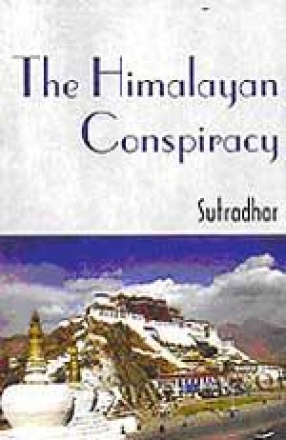
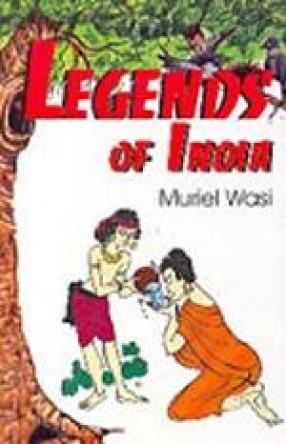
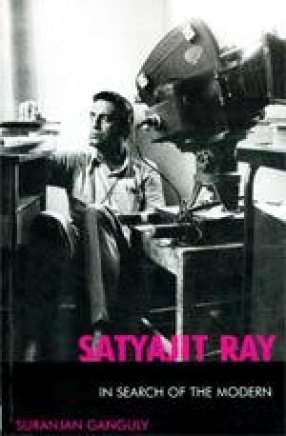
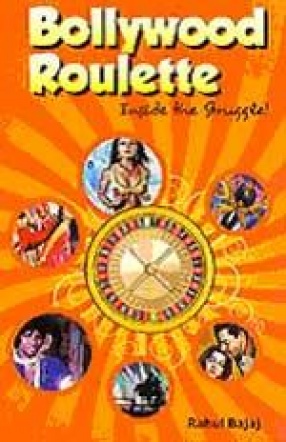
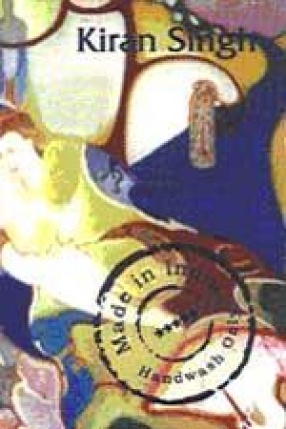


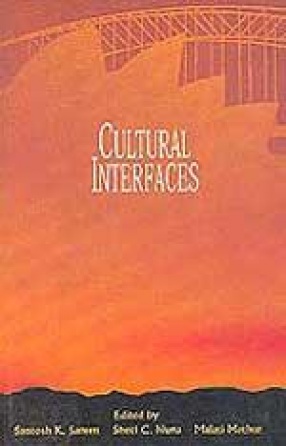


Almost everybody wants to be lucky in life. Yet many are unlucky. This book tells the reader how to attract good luck.
A study of the lives of thousands of people enabled the author to discover what luck is. Therefore an earnest effort has been made in the book to tell the readers about, not only the origin of luck, but also the methodology of operation of luck in human lives. Simple and practical methods have been detailed to enable the readers to command good ...
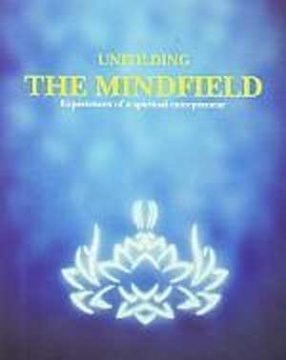

Peter Pan is one of the most popular of all children's classics. Though it is nowadays mostly staged as a children's play, it is meant for adults as well. This is a rare and deeply moving piece of introspection, brimming with the energy of actual experience seen through the eyes of a woman whose own background in literature, women's studies and social activism forms the perspective from which she speaks.

An extremely handy guide by Krishna Sahai to understand and appreciate Bharata Natyam, the ancient and esoteric dance form preserved through the ages with astonishing purity. The holistic overview takes one through the purpose behind all Indian art forms, the development and history of Bharata Natyam, stories that are set to dance and, finally, to the technique. The well-researched text, illustrated with photographs, and line drawings by Gautam Vaghela, will help ...

Minoti Chatterjee, an academic and a theatre activist, explores how Bengali theatre and the upsurges of nationalist movements inform and appropriate each other during the turbulent era of 1905-1947. As Bengal was the centre of the interaction, negotiation and conflict between the native and the British, its theatre experienced different spatial, and consequently, thematic and technical dislocations and relocations. The theories and practices of theatre underwent ...

The faces, an anthology of twelve short stories by Dibyendu Palit, a noted Bengali writer, is evocative of the growing isolation in an urban context. Amongst others, the faces in this volume are of a middle-class man whose own weakness forces him to look up to the local ruffian to protect him against more ruffians like him; a housewife who feels trapped in a marriage that ties her destiny with the runs scored by her cricketer husband; and a mother living out her ...

The fables in Just So Stories were first narrated by Kipling to an audience of his own children. In theme and subject matter, they range from animals and insects to the origins of the alphabet. How the Leopard got his Spots, How the Rhinoceros got his Skin and How the Camel got his Hump are some of the most famous tales of this collection, which has endeared itself to generations of young readers.

From the introduction: "This introduction comprises two sections. The first addresses significant issues related to language, exile, and translation in a postcolonial context, that of India, as they apply to translations from a colonized language (Hindi in this collection of stories) into the colonizer’s language, English. The second section introduces Nirmal Verma and offers some readings of various emblems and motifs in this collection ...


A compendium of 20 entertaining stories from Panchatantra which will delight both young and seniors alike.


This geo-political thriller is set a few years in future and is enacted in Tibet, India, and the United States of America. It all begins with a little boy in Tibet being identified as reincarnation of the Dalai Lama. What follow is roller-coaster ride of epic proportions, involving the attempt to bring the boy to India.

Legends of India is a collection of well-known Indian myths and fables addressed primarily to young readers between twelve and sixteen years of age, to inform them of their own rich heritage. It is also addressed to children possibly in other age-groups, in other parts of the world, who may or may not have come across the legends elsewhere.

A study of modernity in the work of Satyajit Raj, Suranjan Ganguly's book examines in depth six of Ray's major films, focusing on such issues as the nature of human subjectivity, the importance of education, the emancipation of women, the rise of the new middle class, and the crisis of identity in post-independence India. Ganguly provides close readings of Pather Panchali (1955); Aparajito (1956); Apur Sansar (1959); Charulata (1964); Aranyer Din Ratri ...

Every year, thousands of young men and women come to Mumbai to make it big in Bollywood. They come from all over India. They come from all backgrounds. They all come with one common thing – hope, Starry-eyed, they land in Mumbai and begin a pursuit that will change their lives. Some will make it. Most won’t. They know that. They know they are taking a chance, a roll of the dice, and a gamble with their own future at stake. They are laying a game of roulette, ...

This work of poetry and fiction is a tale of libraries, women of the Diaspora and homecoming. Author's travels in India, Africa, America and Europe have contributed to her life as reflected in her art work and writing.
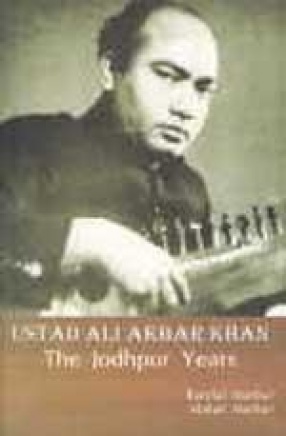
The renowned sarod maestro, Ustad Ali Akbar Khan began his career at the court of Maharaja Ummed Singh of Jodhpur, where Ramlal Mathur was associated with him as one of his earliest disciples, learning both vocal music and sitar from the Ustad in the guru-sishya parampara. His position in the Ustad's house was also that of an intimate friend and as such he was privy to certain personal and endearing moments in the Ustad's life during that time. Ramlalji was ...

This collection of twenty powerful stories by writers from Bangladesh and India, reflect love and desire, laughter and tears, jealousy, greed, power, violence. These stories reverberate with myriad shades of emotion, exploring the depths of the human psyche. Love and desire, laughter and tears, jealousy, greed, power, violence - these stories reverberate with myriad shades of emotion, exploring the depths of the human psyche. Tracing the lives of ordinary ...
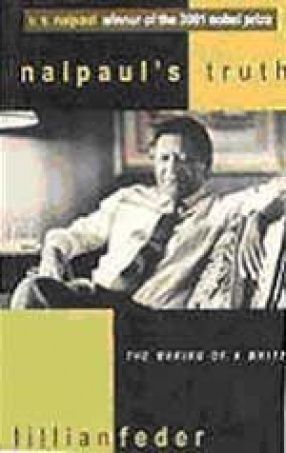
This intellectual biography and a revealing psychological portrait of the artist describes Naipaul's methods for discovering the truth about himself and the world he explores.

This anthology is a veritable treat with its many tales and the twists…Uma and Maadhav, traumatized victims of their childhood. Have agonized for two decades to unravel the painful mystery of their mother’s suicide. More isolated and alone, their father Balasubramanian too grapples with a past that does not cease to haunt him…A Young bride takes courage in her hands to defy a tyrannical social custom.For decades a patriarch has lorded over the numerous ...
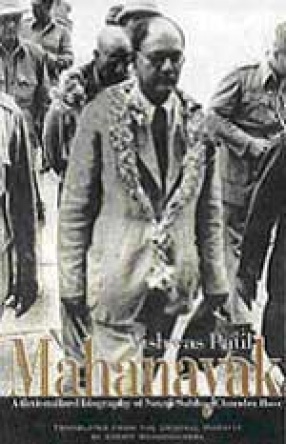
Working on Mahanayak was a vastly humbling experience. The enormous contribution made by so many nameless, faceless and forgotten thousands for India’s freedom. What stuff were those men and women made of? What was it about Netaji that drew people to his side, forgetting home, family, personal life, all for a greater nobler cause? And what was Netaji’s reward in the end? Inevitably one thinks, one only remembers the winner. No one thinks of the runner-up ...

In most of the writings in this collection, Saki will be seen sending shivers down the spine of the reader through astonishing twist and practical jokes.Through his immortal short stories and other writings, Saki has created some of the most loved stereotypes that are almost caricaturesque in their droll exaggeration. Aunts are the unfailing tyrants in their unreasonable cruelty or downright imbecility. Families eat porridge, believe in the weather forecast and ...

Cultural Interfaces is a collection of twenty papers by international as well as young research scholars engaged in Australian Studies in India. These were presented at the First International Conference of the Indian Association for the Study of Australia (IASA). With contributions from Bruce Bennett, Jennifer Strauss, Dennis Haskell, Satendra Nandan, David Kimber, Fran Siemensma, Parimal Roy and Marianne Robinson, Y. Yagama Reddy and Quentin-Stevenson ...
